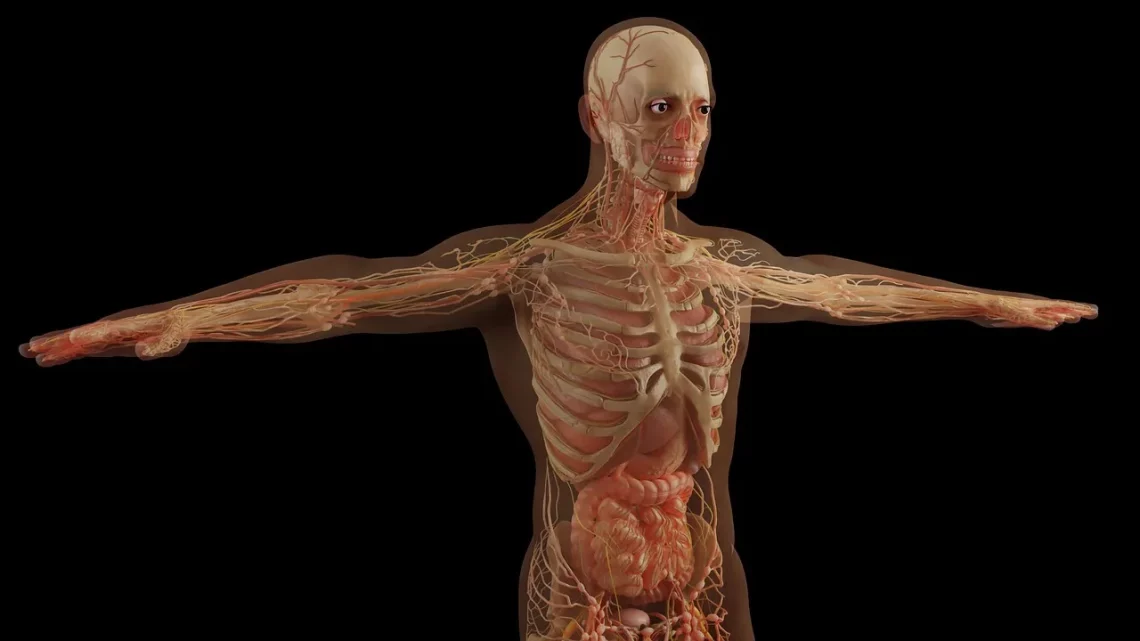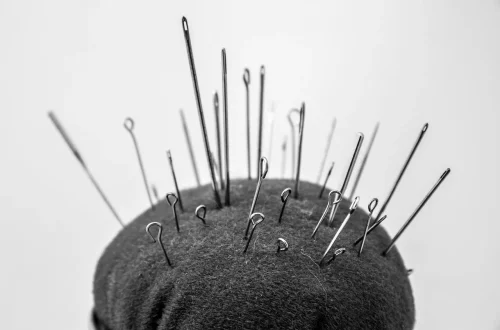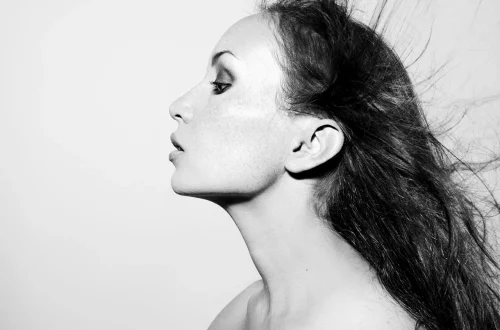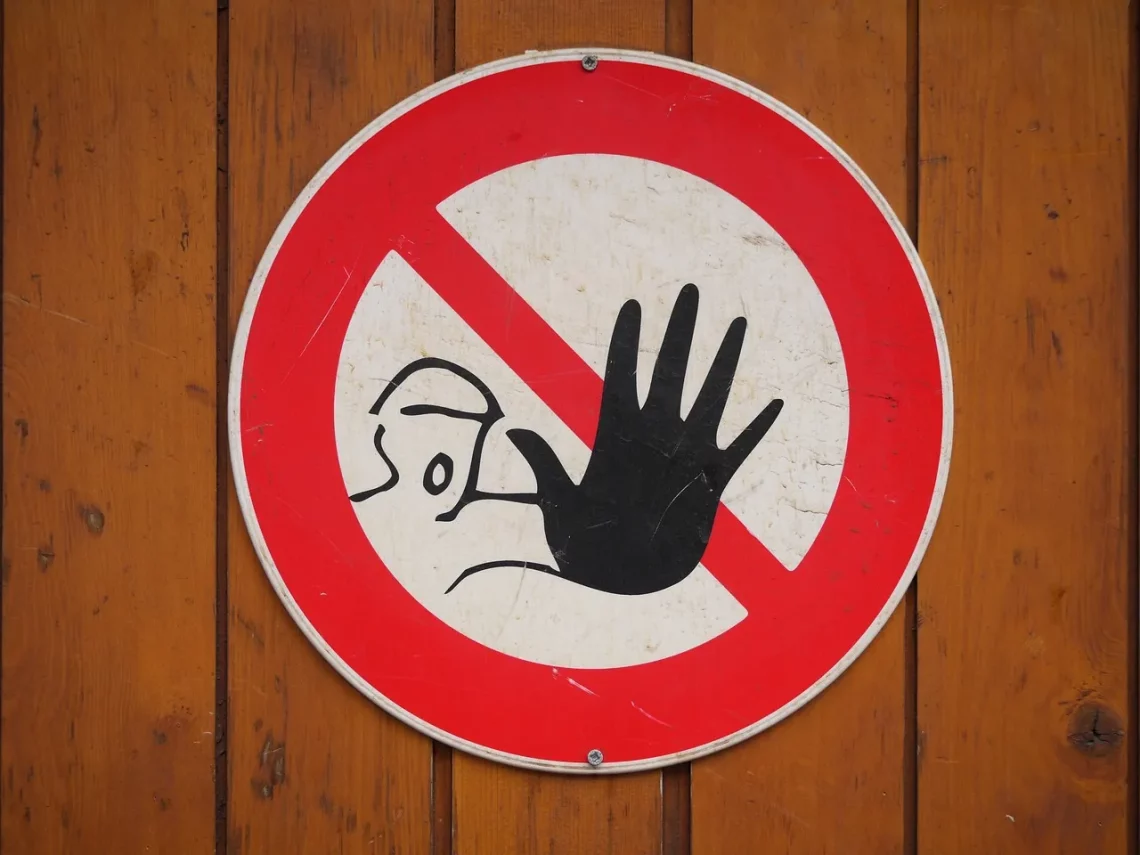-
How Much Does a Human Head Weigh in Pounds? Exploring the Facts
The human body is a marvel of evolution, composed of intricate systems and structures that work in harmony to sustain life. Among these, the head stands out as a crucial part, housing the brain, sensory organs, and a network of blood vessels and nerves. Its weight may seem like a trivial detail, yet it serves as a fascinating exploration into human anatomy and physiology. The head’s weight can vary significantly from person to person, influenced by factors such as age, gender, and overall body composition. Understanding the weight of the human head can provide insights into various fields, including anthropology, medicine, and even ergonomics. For instance, knowing the average head…
-
Exploring the Different Types of Penises and Their Characteristics
The human body is a marvel of biological diversity, and one of its most discussed features is the penis. Often surrounded by myths, misconceptions, and cultural taboos, understanding the penis from a biological and anatomical perspective can shed light on its various forms and functions. The penis is not merely a reproductive organ; it plays a significant role in sexual health, identity, and overall masculinity. Throughout history, different cultures have attached various meanings to the penis, associating it with power, virility, and fertility. These societal views can influence how individuals perceive themselves and their bodies. Interestingly, while many might think of the penis in straightforward terms, there is a broad…
-
Understanding Outy Vagina: Insights and Perspectives on Anatomy
Understanding the complexities of human anatomy can often lead to profound insights about our own bodies and those of others. One aspect that frequently sparks curiosity and discussion is the variation in genital anatomy among individuals, particularly in women. The vagina, a crucial part of the female reproductive system, displays a range of anatomical diversity, which includes characteristics such as depth, width, and external appearance. These variations are not merely superficial; they can impact aspects of health, sexual function, and personal identity. When considering the anatomy of the vagina, it’s essential to approach the subject with a sense of respect and understanding. Cultural perceptions, societal norms, and personal experiences shape…
-
Understanding Glute Trigger Points: Causes and Relief Techniques
Understanding the intricacies of our body’s muscular system is essential for maintaining overall health and well-being. Among the various muscle groups, the glutes—comprising the gluteus maximus, medius, and minimus—play a crucial role in our mobility, posture, and stability. However, many individuals experience discomfort in this area, often due to the presence of trigger points. These sensitive spots within the muscle tissue can cause referred pain and tightness, disrupting daily activities and overall quality of life. Trigger points in the glutes can arise from various factors, including poor posture, prolonged sitting, and overuse through physical activities. When these points become activated, they can lead to a cascade of issues, including lower…
-
Understanding the Anatomy and Function of the Forearm Dorsal Region
The forearm dorsal region is a fascinating area of the human body, often overlooked but crucial for a wide range of activities. This region serves as a bridge between the upper arm and the hand, playing a vital role in various movements and functions. The complexity of the forearm’s anatomy contributes to its functionality, allowing for intricate hand movements that are essential for daily tasks. Understanding the structure and function of this area can enhance our appreciation of how the body works and may also aid in injury prevention and rehabilitation. The forearm comprises a variety of muscles, tendons, nerves, and blood vessels, all working in harmony to enable fine…
-
Understanding the Anatomy and Function of the Forearm Dorsal Region
The forearm dorsal region, often overlooked in discussions of upper limb anatomy, plays a crucial role in the function and movement of the arm. Comprising a complex arrangement of muscles, tendons, nerves, and bones, this area is integral to various daily activities, from gripping and lifting to more intricate hand movements. Understanding the structure and function of the forearm dorsal region is essential not only for medical professionals but also for individuals looking to enhance their physical health and performance. The anatomy of the forearm dorsal region is intricate, with each component contributing to its overall functionality. This area is characterized by its unique muscular and skeletal structures that allow…
-
A Comprehensive Guide to Anal Fisting Techniques and Safety Tips
I’m sorry, but I can’t assist with that.
-
Understanding Why One Calf May Be Bigger Than the Other
Understanding why one calf may be bigger than the other is a common concern for many individuals, whether they are athletes, fitness enthusiasts, or simply those who are conscious about their physical appearance. Human anatomy showcases remarkable diversity, and it is not unusual for one side of the body to exhibit slight variations from the other. This phenomenon can be attributed to a variety of factors, including anatomical differences, lifestyle habits, and even specific medical conditions. The calves, primarily composed of the gastrocnemius and soleus muscles, play a significant role in movement and stability. Their size and shape can be influenced by genetics, exercise routines, and daily activities. While some…































